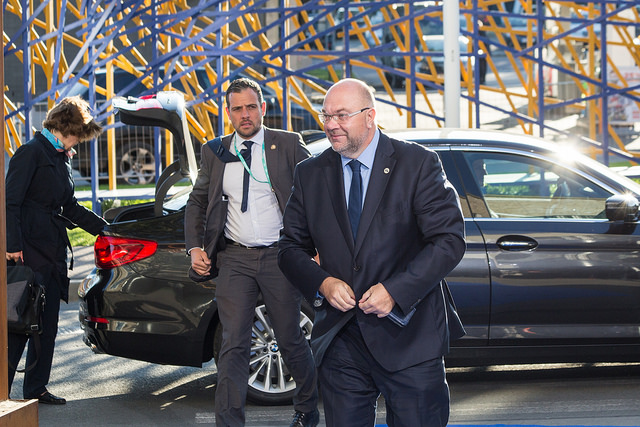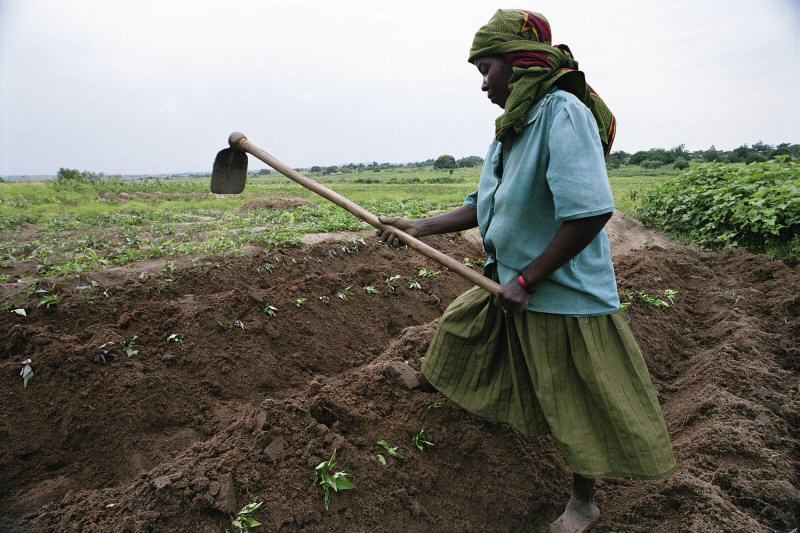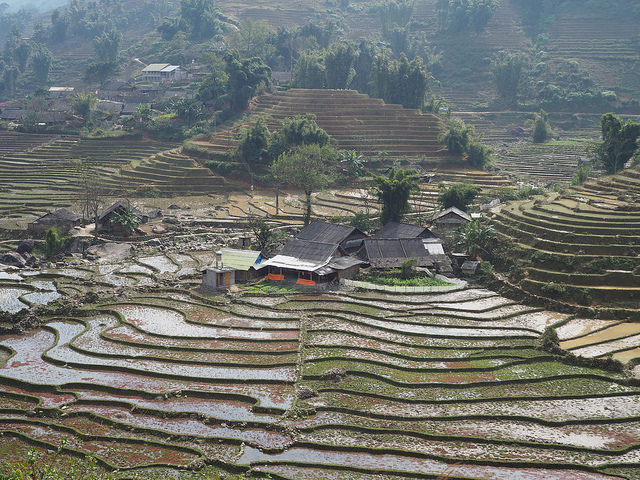The Commission’s CAP legislative proposals which were published on 1 June 2018 attracted some immediate reactions from different groups of stakeholders setting out their positions. The proposals are far-reaching and complex. Together with the impact assessment, they amount to 662 pages of text. They require time and careful analysis to fully understand. In the coming weeks, I hope to examine some of the key elements one at a time.
I begin with the budgetary allocations by Member States which are included as Annexes to the draft CAP Strategic Plans regulation. This combines the current direct payments and rural development regulations into one.… Read the rest








